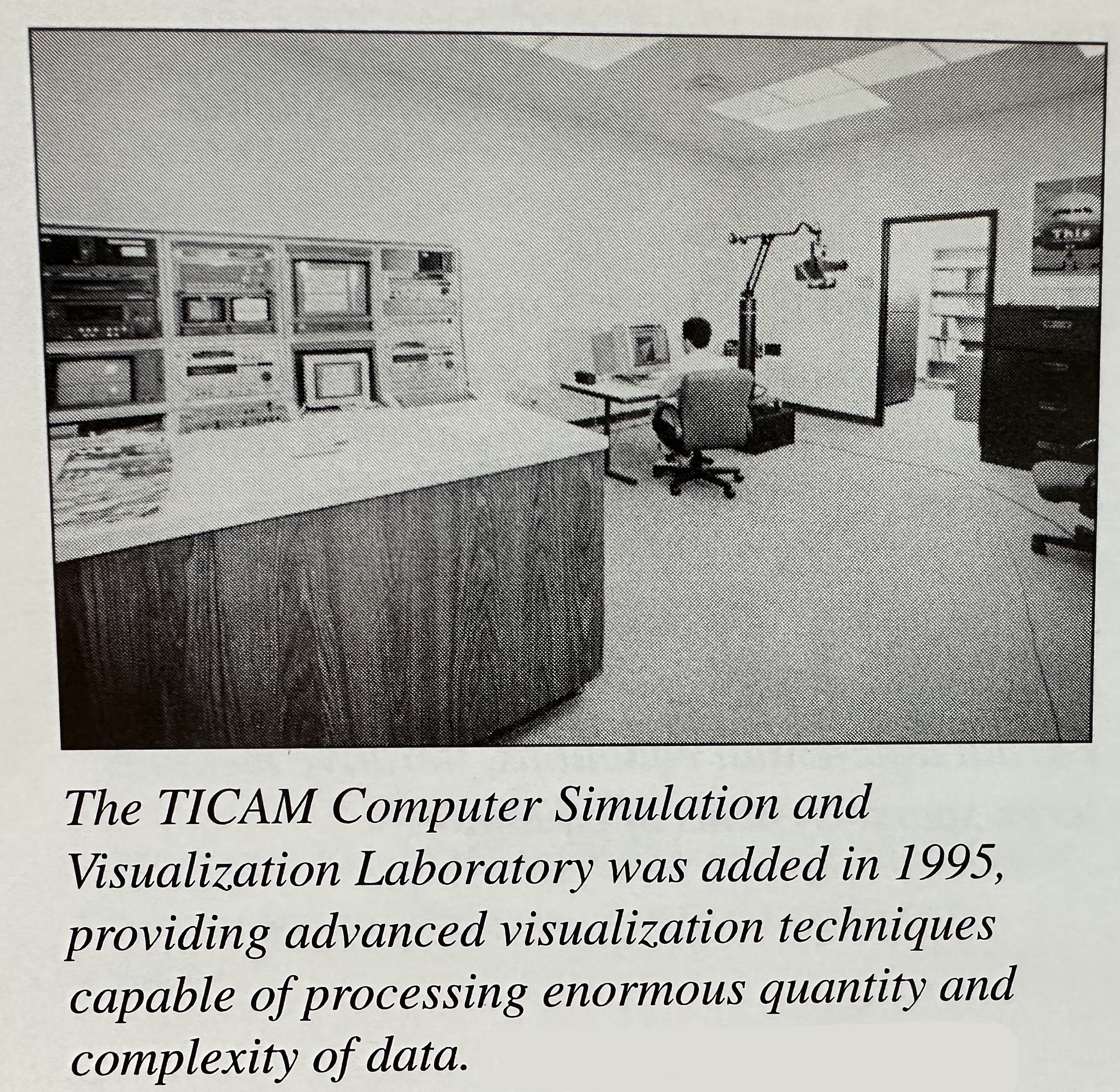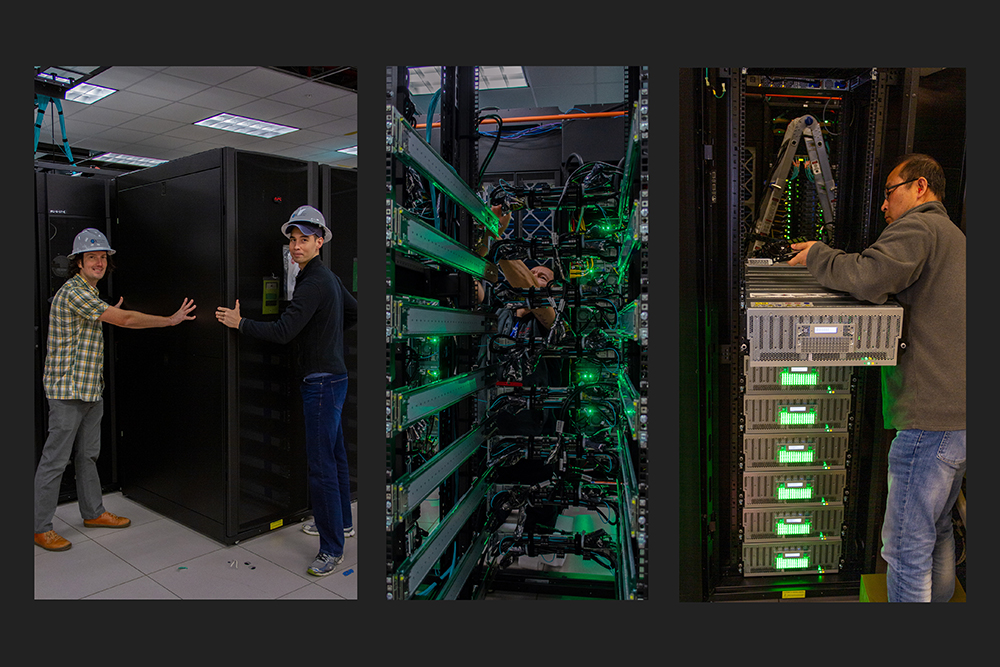High performance computing (HPC) has enabled transformative research at The University of Texas at Austin for more than 60 years. When J. Tinsley Oden joined the faculty in 1973 as a professor of aerospace engineering and engineering mechanics, campus HPC facilities were simplistic by today’s standards. The establishment 50 years ago of what is now known as the Oden Institute for Computational Engineering and Sciences set the stage for growth of HPC and the formation of the Texas Advanced Computing Center (TACC), home of the fastest academic supercomputer in the United States.
At the core of ground-breaking research discoveries, rendered through dazzling images splashed across journal covers, is computational science, without which new discoveries in the fields of climate, medicine, science, and technology would take exponentially more time to achieve.
Oden, the Institute founding director and pioneer of computational mechanics, died on August 27, 2023, a month shy of the Oden Institute’s 50th anniversary celebration held in September. Earlier in the summer he reflected on his years at UT and the subsequent growth and evolution of HPC.



